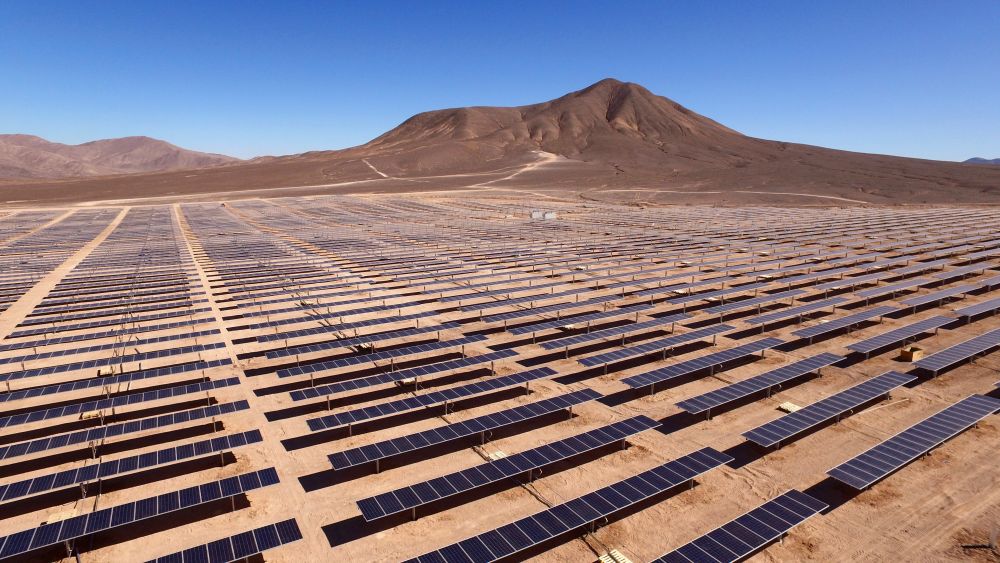Saudi Arabia plans gigantic $200 billion solar project
Saudi Arabia last week announced plans to work with Japanese-based SoftBank to build a massive solar project in the desert, which could be worth up to $200 billion.

Saudi Arabia last week announced plans to work with Japanese-based SoftBank to build a massive solar project in the desert, which could be worth up to $200 billion.
The unprecedented project will vastly increase Saudi Arabia’s renewable energy capacity, which remains small despite the country’s large supply of sunshine.
The deal means up to 200 gigawatts (GW) of solar power could be built within the Kingdom by 2030, an amount which would vastly dwarf current projects. The largest solar farms to date are between 1-2GW.
Crown Prince Mohammad bin Salman signed the agreement with SoftBank’s Chief Executive Masayoshi Son. It forms part of Saudi Arabia’s Vision 2030, intended to diversify the economy away from its traditional reliance on oil.
The Kingdom announced earlier this year plans to tender for 4 gigawatts of renewable power this year alone, a mixture of solar and wind farms. The UK and Saudi Arabia also signed a clean energy agreement in February to help share knowledge and expertise in order to accelerate the low-carbon economy.
“It’s a huge step in human history,” Prince Mohammed said of the new deal. “It’s bold, risky and we hope we succeed doing that.”
While the current agreement is only a Memorandum of Understanding, Mr Son told reporters that the first phase of the project will amount to 7.2 GW and cost $5 billion.
“The kingdom has great sunshine, great size of available land and great engineers, great labor, but most importantly, the best and greatest vision”, he said, according to Reuters.
According to data from Bloomberg, the 200 GW project would triple Saud Arabia’s entire electricity capacity, meaning it would become a net exporter of renewable power.
“SoftBank seeks investment and Saudi needs energy, so it may make sense to sort the financing out in a large block and then separately hammer out the phases and the technical details,” said Jenny Chase, head of solar analysis at Bloomberg New Energy Finance.
